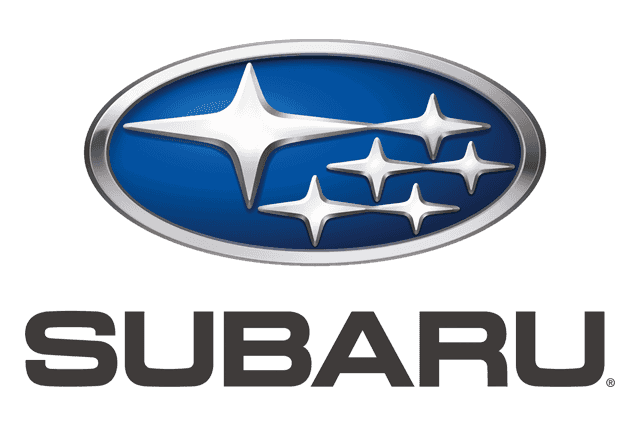
SUBARU OUTBACK MOT Statistics by Year
Select a model year to see detailed MOT results; including pass rates, mileage trends, and the most common defects found for that specific SUBARU OUTBACK.
Defect rate by model year
The Subaru Outback, a crossover SUV that has gained a reputation for its reliability and capability, has been a popular choice among drivers seeking versatility and performance. Since its debut in the 1990s, the Outback has blended the attributes of a traditional wagon with off-road capabilities, making it well-suited for a variety of driving conditions. With a focus on durability, the Outback has been a consistent performer in the automotive market, particularly appealing to those who appreciate its rugged design and all-wheel-drive system.
When examining the reliability of the Subaru Outback through MOT inspection data across various years, it becomes evident that the model has experienced fluctuations in performance. In the earlier years, specifically from 2004 to 2006, the Outback recorded defect rates that were significantly higher than the average for vehicles of the same age, with defects per 100 tests ranging from 399 to 420. The recurring issues during this period were primarily related to suspension components, brake pipes, and tyre conditions, which are common concerns across many vehicle models.
A turning point appears to occur around 2014, when the defect rate drops significantly to 177, below the average for that year. This trend of increased reliability continues through 2015 and 2016, with defect rates falling to 146 and 125 respectively. By 2017, the Outback reaches its lowest defect rate in the dataset at 103, reflecting a marked improvement in overall reliability. The trend seems to stabilize in subsequent years, with defect rates remaining relatively low and close to the average.
While the Outback has faced challenges with issues such as worn suspension components and inadequate tyre tread depth, these problems are not unique to this model. They are often reflective of general wear and tear that can affect any vehicle over time. The improvements made in the later years suggest that Subaru may have addressed these concerns effectively, leading to enhanced reliability in the more recent models.
Did you know?
In summary, the Subaru Outback has evolved over the years, with significant strides in reliability noted from 2014 onwards. As a well-regarded choice for those seeking a dependable vehicle, the Outback continues to hold a strong reputation in the automotive landscape, appealing to drivers who value both functionality and resilience.